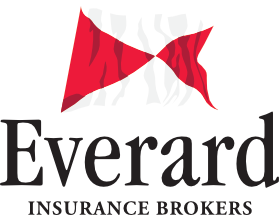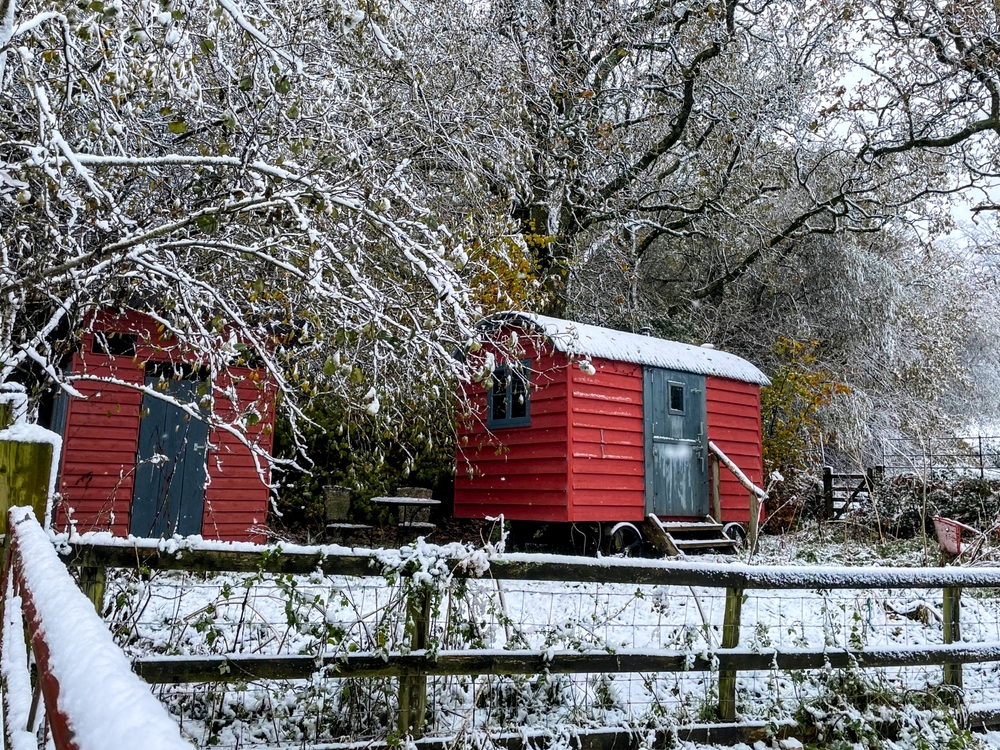A familiarisation trip, also known as a fam trip, allows travel agents to seek out potential new destinations and experiences for their customers while networking with other travel professionals.
In this post, we will discuss some key things you should look out for on your fam trips. We will also explore the insurance implications of fam trips, to help you and your staff stay safe and secure while making the most of the experience.
What is a Fam Trip?
A fam trip is a dedicated excursion for travel agents, usually organised by tour operators, tourist boards, hotel and resort groups, and cruise lines. Often, these groups will organise a fam trip when they have a new package or property to promote. But established destinations may also run a fam trip when they want to improve their experiences or increase awareness among travellers.
How Does a Fam Trip Work?
There are a number of different types of fam trips:
- Hosted fam trips. This means that the tourist board, resort, hotel, or cruise line will take care of everything. They may partially fund the trip, or they may even fully fund it. Joining such a trip is often by invite only.
- Self-funded fam trips. You will have to contribute to the costs of such a trip, but you will usually get a significant discount for travel or accommodation. If this results in more bookings in the future, a self-funded fam trip could ultimately provide a significant return on your investment.
- Virtual fam trips. Rather than travelling in person to a destination, you will join live tours online, and take part in Q&S and other sessions remotely.
What Happens on a Fam Trip?
Most fam trips work in essentially the same way: You will be invited to personally experience the travel experience, whether in person or virtually. There might be a guided tour, or you might be free to inspect things in your own time. Throughout, there will be opportunities to ask questions, and there will likely be hosted dinners and networking events too.
The Benefits of a Fam Trip
- Increase your portfolio and your expertise. You will be able to offer your customers a broader range of destinations and experiences. And as you will have sampled these locations yourself, you will be able to offer expert advice that could encourage more customers to book.
- Marketing opportunities. You will be able to take lots of photos and videos which could help you create compelling blogs, email campaigns, and social media content.
- Networking opportunities. You will meet travel operators, sales reps, suppliers, and other travel agents. Expanding your network in this way could lead to further opportunities in the long-term.
- Opportunity to identify possible future risks. You’ll be taking the same trips as your customers, so take time to identify any risks they could face that could lead to cancellations or issues you might be able to mitigate.
What To Look Out For on a Fam Trip
Here are some tips to help you make the most of a fam trip:
- Make sure you are sufficiently prepared. Research the area in advance, including the weather, popular local sites, and important local customs. Also make sure you bring everything you need, including appropriate clothing, notebooks, electronics, and chargers.
- Ask lots of questions. This will show you are curious about the destination, and genuinely engaged in the experience, which may make suppliers more willing to work with you. It might help to plan your questions in advance, so that you are never floundering for anything to say.
- Brief your staff. If you will not be taking the fam trip yourself, make sure that whichever employee or employees you send are fully briefed on what you expect to achieve from the experience.
- Record as much as you can. Take lots of notes, photos, and videos. The more you document, the easier you will find it to create powerful content afterwards.
- Be nice. Be as polite and courteous as possible with everyone you meet, whether they are a host, a supplier, a sales rep, or another travel agent. Be sure to formally thank your hosts afterwards too, and to follow up on any connections you make.
- Be transparent. When talking about your experiences, whether in a blog, an email, or on social media, make it clear that you travelled to the destination at the host’s invitation. Tag or link to the hosts directly wherever possible. Your hosts will appreciate the publicity, and your customers will appreciate the transparency.
What Are The Risks of a Fam Trip?
- Squandered opportunities. If you do not make enough of an impression, or if you do not take enough photos or gather enough information, you may struggle to generate any business as a result of your fam trip.
- Damaged reputations. If something goes wrong on the trip – if you miss an appointment or inadvertently offend a host or another individual, for example – then it could damage your reputation in the wider travel industry. You may struggle to find further travel or networking opportunities as a result.
- Damaged trust. If you do not properly disclose the fam trip arrangement when creating content or talking to customers, it may damage the trust they place in you, which could affect your sales.
- Missing potential issues. There might be issues that cause certain activities or accommodation options to be impractical for your customers. It’s important to use this trip to identify potential hiccups, safety risks or accessibility issues that might impact your customers later down the line.
- General travel risks. Finally, there are the risks associated with any business travel: Lost baggage, accident and injury, delayed flights, and so on.
Taking the time to prepare for your fam trip will mitigate most of these risks. But when it comes to the general travel risks, it is important to ensure you are fully covered for anything that might happen.
Are You Insured for Fam Trips?
Whether you make the fam trip yourself, or you send an employee or a group of employee, it is important to ensure you have appropriate cover in place should anything go wrong:
- Employer’s liability insurance. You have a legal duty to get employer’s liability insurance to cover your staff for any accidents or injuries they sustain on the job. If you send employees on fam trips, be sure to tell your employer’s liability insurance provider. A fam trip is not considered “clerical” work, so your insurer will need to be aware that your employees may need cover for certain additional risks.
- Travel insurance. You will also need a dedicated business travel insurance policy, which should ideally be a corporate group business travel policy. A general “off-the-shelf” holiday travel insurance policy will not provide the cover you need, as these packages will typically not cover you for any time spent working.
James Hallam is an independent Lloyd’s broker with access to a hand-picked selection of A-rated insurance providers. We have provided specialist business insurance for tour operators and travel agents for over 20 years.
We provide a one stop shop service for the travel industry, and over 700 travel agents and tour operators depend on us for dedicated business insurance services. Also, we act as the trusted insurance advisor to ABTA and AITO.












